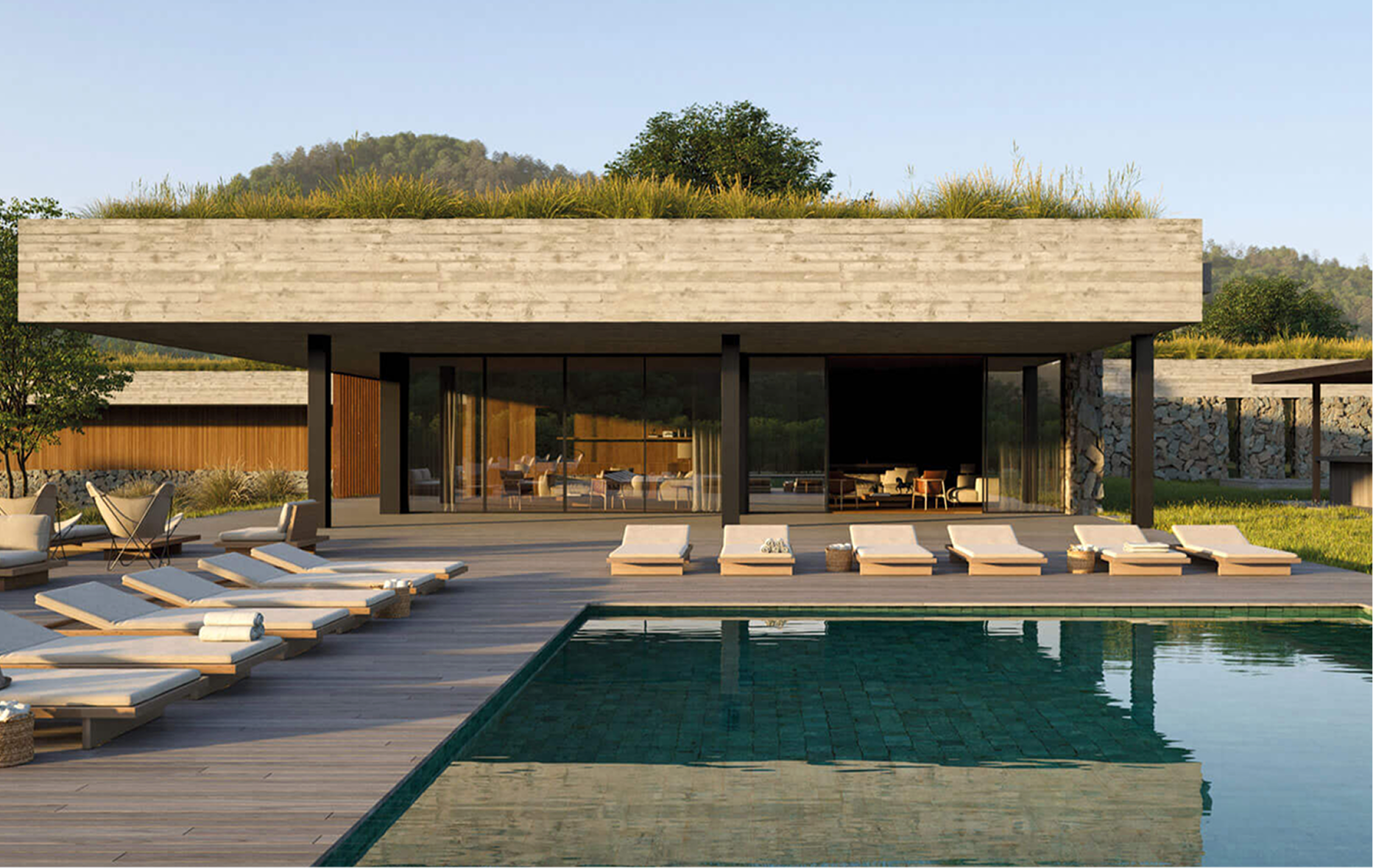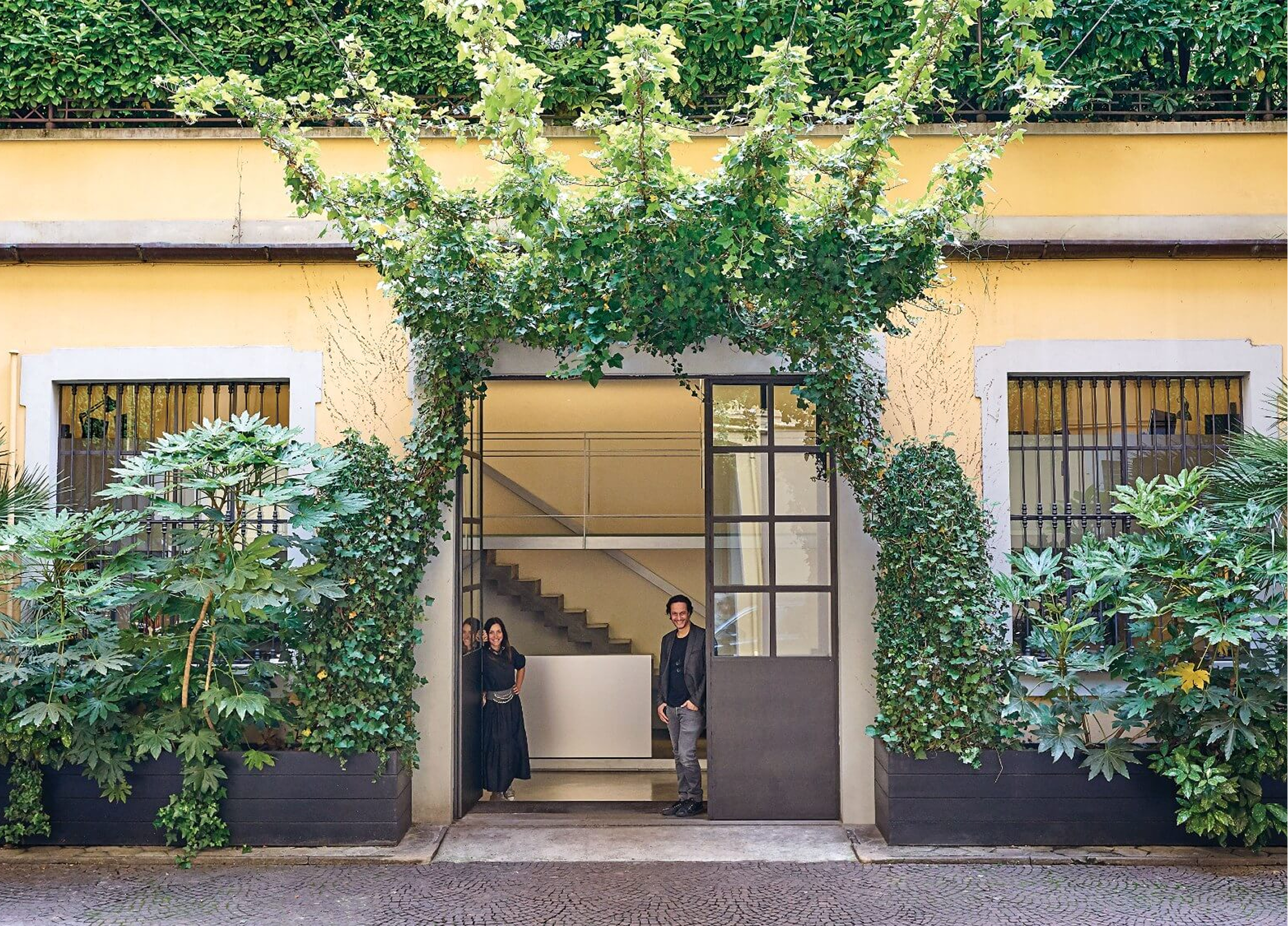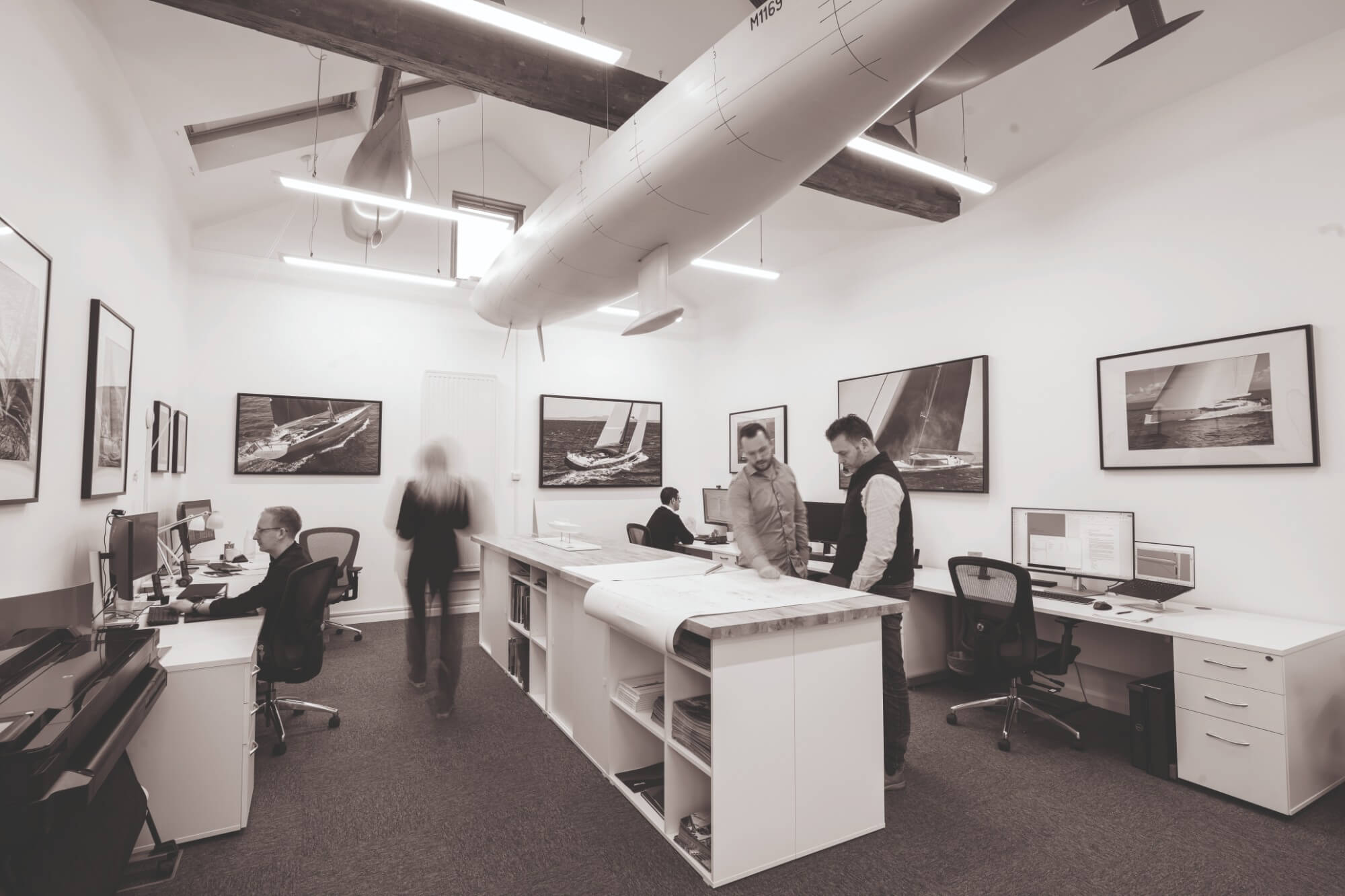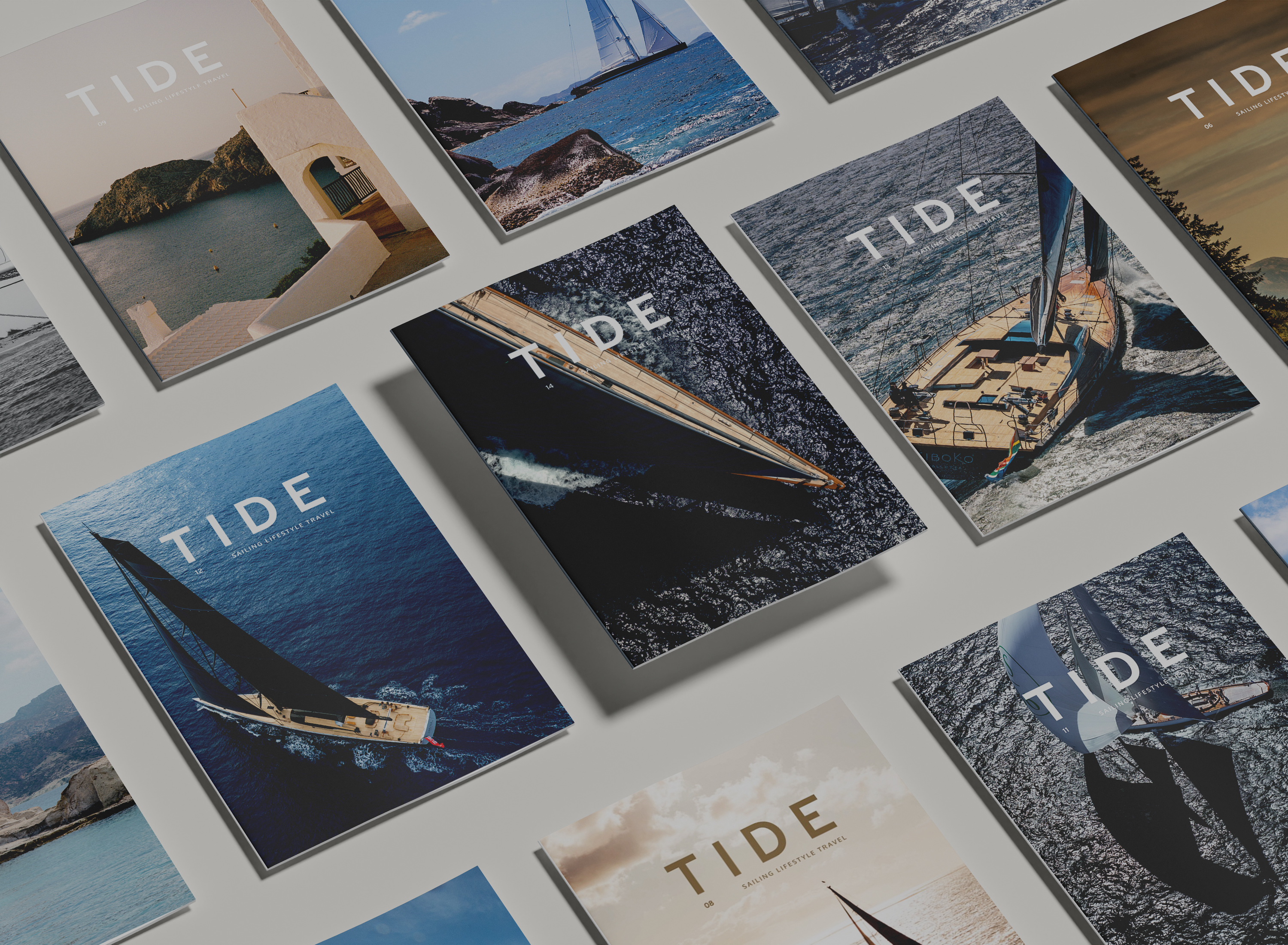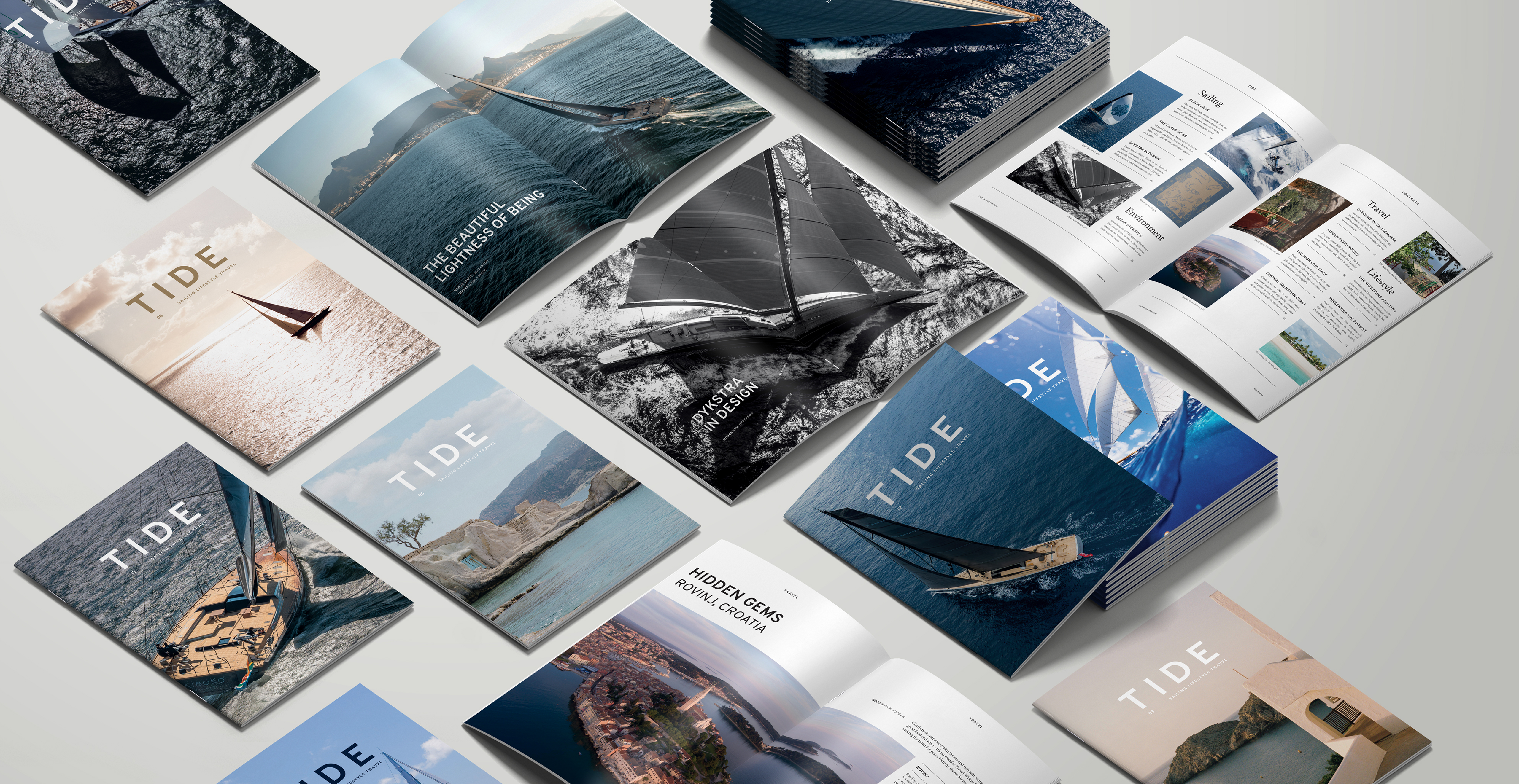You don’t simply emerge from the woods and set to work designing a boat as radical and demanding as Baltic’s new 111ft super-speedster Raven. So, if you haven’t heard the name Jarkko Jämsén before, it is perhaps because of a certain Finnish modesty, as well as a track record in motorboats. This foiling fantasy may be his first sailing boat, but make no mistake: it will not be his last.
I caught up with him on the way to Peru to undertake a month-long motorcycle expedition – with the owner of Raven, as it happens. With his shaven head and full beard, he doesn’t look like your typical Superyacht designer. And perhaps that is because he almost didn’t become a designer at all. “I started ice hockey at the age of nine,” he tells me in a melodic Nordic lilt. “I was a bit smaller than the others and much younger, so I had to be even tougher. Sports were really good at building my character.”
School did not really agree with Jämsén, who had to overcome colourblindness. So he left as soon as he could, aged 15. “I felt outcast – I was living in a small village of 300 people in the middle of Finland and I didn’t know anything that was possible. I was lost,” he says directly.
He stepped up the ice hockey to become semi-professional in the small town of Savonlinna, close to the Russian border. It wasn’t quite enough for his restless, enquiring mind, however. “Between morning and afternoon practice, I had free time and I decided to begin a wooden boatbuilding course,” he remembers. “Already before that, I had built small dinghies with my friend, who had a summer cabin on an island.”
This in turn led Jämsén to apply for a naval architecture course in the maritime hub of Turku on the west coast. “I worked, building Wärtsilä ship engines, at night, then studied during the day,” he says. Several years’ experience working in a naval architect’s office then followed, before further studies in industrial design and an exchange to Italy. It was a world away from school, but still not quite enough to sate his ambition. So, aged 30, he set up his own design studio.
“My first project was the Finnish presidential boat in 2007,” he says coolly. “There was a competition to design it and the Finnish shipyard Uki Workboat had heard of me from one of my friends, so we combined to make a study. The yard won the contract and it was quite a progressive design.” It may be just 19.3m long, but Kultaranta VIII has undoubted panache.
After that, Jämsén’s career took off. He got into a lucrative seam of design with the new school of go-anywhere Nordic dayboats from brands such as Axopar, Paragon and XO. Invariably pictured plugging into a North Sea gale, these yachts have become almost ubiquitous as chaseboats and playthings. Its automotive equivalent would be the SUV – making Jämsén the design force behind an entire genre of vessel.
If Axopar remains his biggest commercial success, his highest profile project is probably the eye-catching 77m Feadship motoryacht, originally called Syzygy 818 (now better known as Pi). He won the commission after moving to Monaco in 2014 to “see if I could make Superyachts work” – this despite never having worked on anything at this scale, let alone at the exacting standards for which Feadship is known. It came at the owner’s insistence, after the recommendation of a mutual friend, and even Jämsén seems mystified by the opportunity. Suffice to say that the yacht picked up a flurry of awards for its looks and technology.
He seems to relish the challenges presented by different types of boat. “When we do a serial production boat, then we are working with the company to make something really good for the end user. But with Superyachts, I’m working with the owner and trying to maximise the boat for them – whatever that means: speed, luxury, whatever,” he says. “My role in that is to try to make the best boat. Quite often my agenda for the owner and that for the shipyard doesn’t align, so I’m probably not the most liked designer by the yards.”
It is good for the owner, however, and not long after the launch of the Feadship, Jämsén found himself having a conversation with a hugely experienced Swedish owner. It was about a sailing boat – the first one that he had ever been asked to design professionally. This was the boat that became Raven – a far cry from the 7m lapstrake dinghy he had previously built for himself as a troubled adolescent.
“I met the client, and actually told him not to build a new sailing boat, but to buy a second-hand one,” says Jämsén. “He insisted, though. He asked what I thought of making a boat that didn’t follow any rules or go in any class. He wanted to build the best Superyacht with what current technology allowed us – the fastest monohull in the world with a Superyacht interior.”
Obviously, this is the stuff of every designer’s dreams, and Jämsén took the project on. Following his lead, the team asked multiple naval architects for their ideas on hull design, and eventually chose Botin Partners. “From those studies, we got enough information to choose a direction,” says Jämsén. “For me, it’s like a tree branch in yacht design. It is one new branch on the tree that might open up for others to do something in the same area. Raven is not the end, but she was the ultimate in terms of what we could achieve with the time, materials and risk taking. It’s a massive, massive risk from the owner – I can’t understand how someone is willing to take that kind of risk. Foils have never been done on that scale! The loads are as big as an IMOCA.”
Now, to imagine that Jämsén somehow conjured the yacht by himself is, of course, fanciful. Not only did he work with dozens of other designers and engineers from Baltic Yachts, Botin Partners and Pure Design as well as individual suppliers, he is also just one of around 100 people working in the Aivan studio he founded. There’s also his Navia business focussed on naval architecture and the Jämsén studio in Monaco, all servicing different aspects of a Superyacht build.
“We have in-house Computational Fluid Dynamics, mock-up building, interior and exterior design,” Jämsén says. “In fact, we are a turn-key supplier of design. When we have the chance to do something unique, we have the muscles to make it happen. Knowledge comes from books, then there’s the internet, but 90 people who have studied different things – bring all that kind of tech together, and you can do more. It’s too easy just to tell a superhero story.”
I ask him whether he could imagine drawing another sailing boat – after all, his first foray has produced what may just be the yacht that defines the times. He is unequivocal. “Absolutely – Raven is one of those designs every designer hopes to have once in their life. I have had good luck, although some part of it is what you make of it yourself! But another project is coming, for sure.”
I press him for details, and he waxes philosophical for a moment. “I don’t have to compete anymore, so I can finally really listen to clients. It is my task now to show them what is possible.” Then he pulls the curtain aside to reveal his hopes. “But I have been thinking for many years of building a foil-stabilised catamaran. I have a specific idea in my head: comfortable, fast, nice-looking and around 60ft. The challenge with cats is the bridgedeck clearance – it has to be a bit bigger to be comfortable at sea.”
Expect it to be quite a radical design. Jämsén is clearly fascinated by foils, inspired by the blending of a traditional sailing rig and lines with cutting-edge engineering. “I think that sailing might be the past brought fresh to the future,” he says. “If you get the foiling right, you go into a different area of sailing – not what we consider classical sailing at all. If we want to keep sailing boats alive, then we have to do stuff
like this.”



